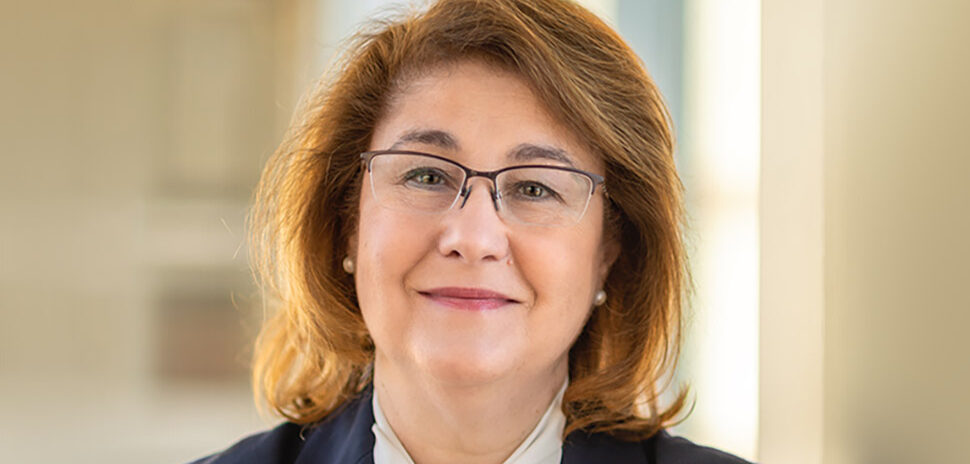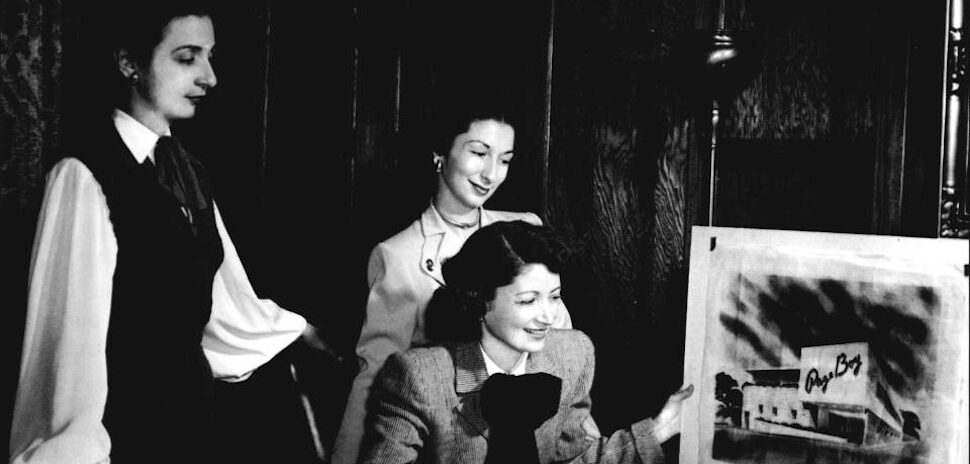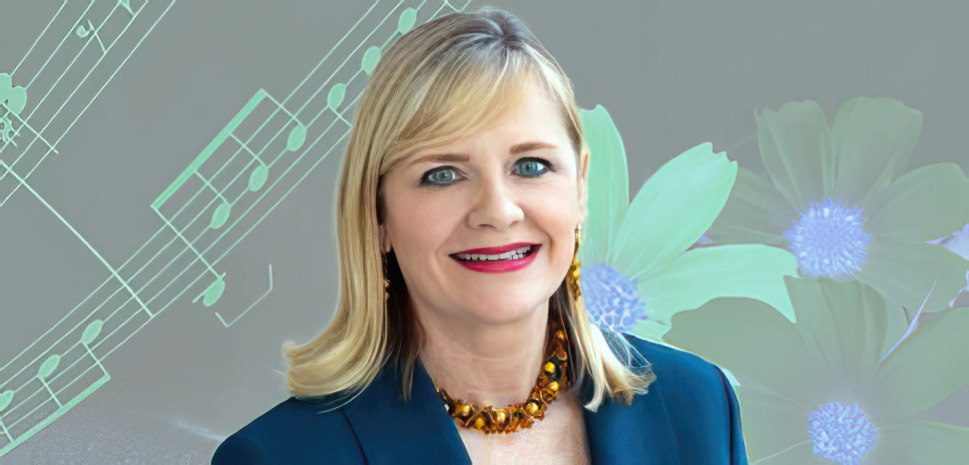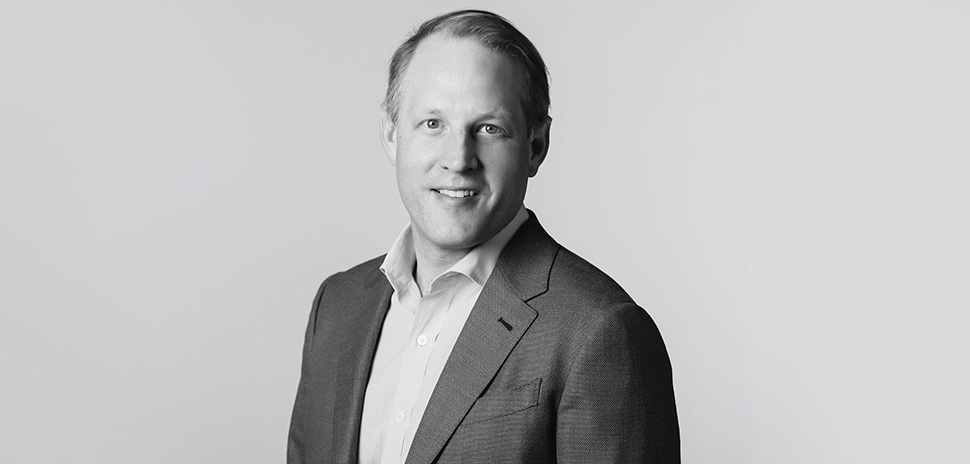“It’s really important to keep in mind that emojis are not a universal language.”
Baker Howery
Associate
Jackson Walker
.…on the rise of emojis, texts, and other modern modes of communication within the workplace and how these new communication styles are being interpreted by the courts, via Jackson Walker Fast Takes podcast.
![]()
In a Fast Takes podcast, Courtney White, a research attorney at Texas-based law firm Jackson Walker, interviews two of the firm’s associates about how different generations in today’s workforce communicate differently.
White notes that “today’s workforce can include members of up to five different generations, and each generation communicates differently. Some generations are more comfortable with personal interaction, and other generations fully embrace technology.”
When it comes to emojis, Howery says that “they’re going to have completely different meanings based on age, culture, socioeconomic status, nationality, education. It’s not going to mean the same thing to you as it does to the person next to you.”
The Silent Generation—born between 1925 and 1945—prefers personal touches like handwritten notes. The most recent generations? They’re more like to say, “What’s a handwritten note?” the podcast seems to imply.
For Generation X, born between 1965 and 1980, “their preferred communication style is about efficiency. So, it might be phone calls or a face-to-face meeting,” Associate Shannon Wright says.
Whatever is said and however it’s communicated, a law firm is intrigued most by one thing—how it will all end up in court.
In the podcast, Howry discusses how generational differences appear in court cases involving communication like emails or texts. “You really don’t want a court interpretation of your contract based on an emoji or what they think an emoji means,” she says.
You can hear the podcast by going here.
For more of who said what about all things North Texas, check out Every Last Word.
![]()
Get on the list.
Dallas Innovates, every day.
Sign up to keep your eye on what’s new and next in Dallas-Fort Worth, every day.
































